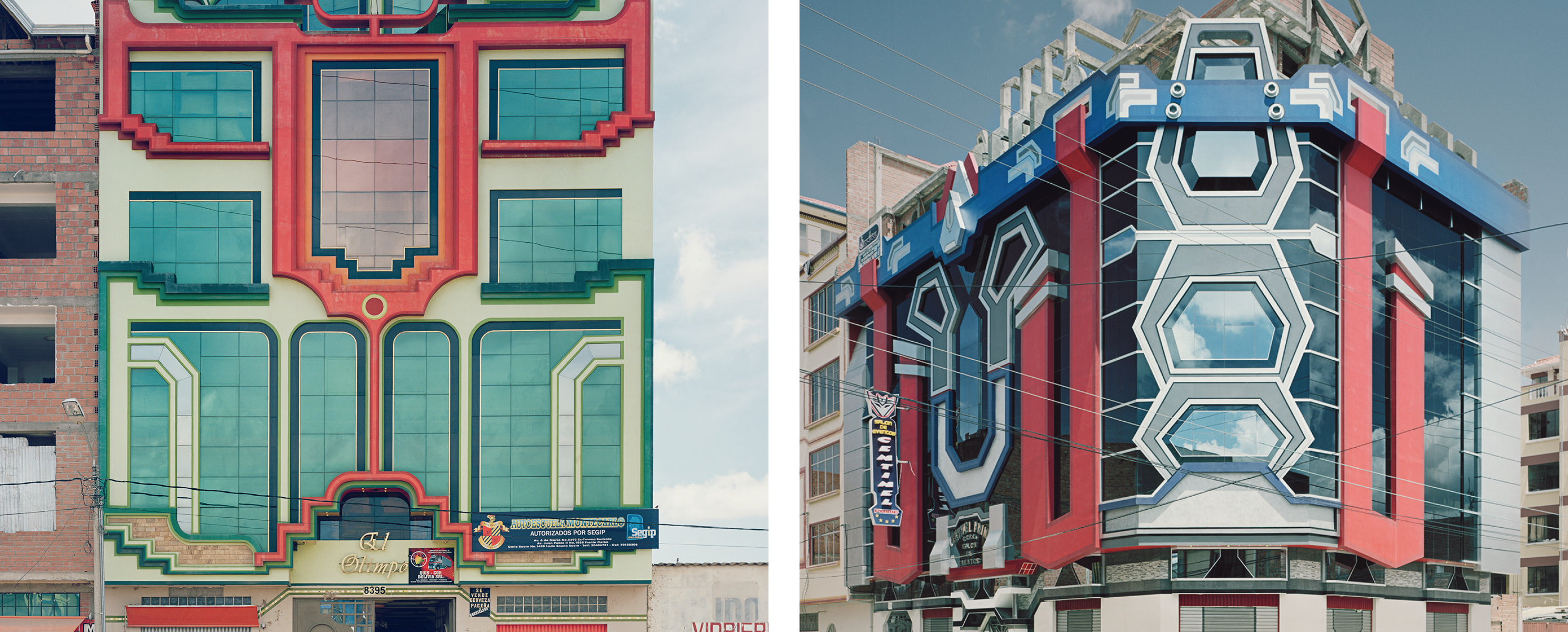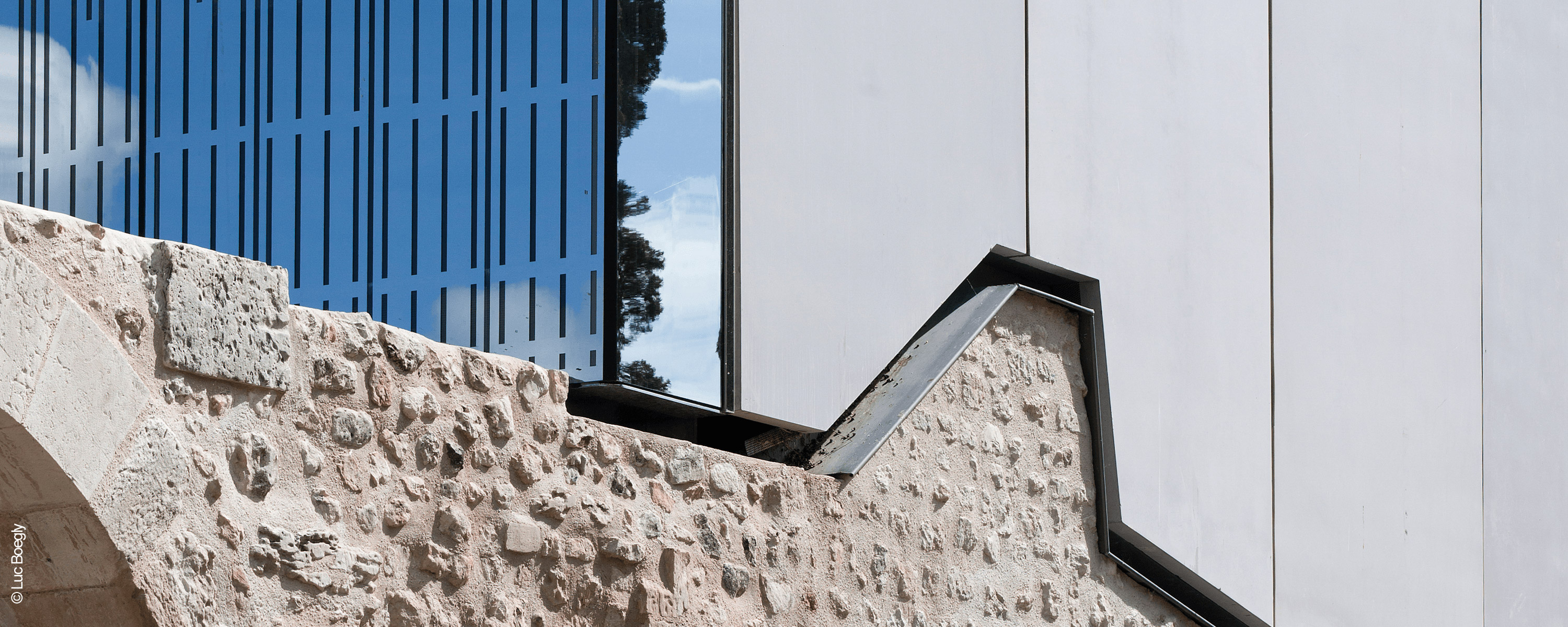A former sanatorium welcomes the ENSACF
 In the northern part of Clermont-Ferrand, just opposite the mythic Michelin industrial complex, the former Sabourin sanatorium, built in 1930 by the architect Albéric Aubert, dominates a vast verdant landscape. Threatened with demolition, its listing on Historic Monuments in 1998 is responsible for its preservation. Since September 2015, this building has been home to the architecture school of Clermont-Ferrand.
In the northern part of Clermont-Ferrand, just opposite the mythic Michelin industrial complex, the former Sabourin sanatorium, built in 1930 by the architect Albéric Aubert, dominates a vast verdant landscape. Threatened with demolition, its listing on Historic Monuments in 1998 is responsible for its preservation. Since September 2015, this building has been home to the architecture school of Clermont-Ferrand.
In 2010, the Du Besset-Lyon office in Paris was chosen by the Ministry of Culture and Communication to rehabilitate this example of the functionalist architecture of the 1930s in order to house the new architecture school of Clermont-Ferrand (ENSACF), which was increasingly cramped in its former and moreover dilapidated premises. The renovation of the former sanatorium for this new use was not simple. The architects had to transform the compartmentalized cells that were used to isolate the patients into spaces dedicated to student life. While keeping the shell and the bearing frame, Dubesset-Lyon doubled the inner structure to bring the building in line with technical standards.
In the north, a vast distribution space replaces the two main staircases that once separated men and women patients, among others. The library and the auditoriums served by this hall are arranged along the entirely glazed access façade. Along the south façade, the former rooms were replaced by a corridor serving the work spaces. This circulation not only handles thermal challenges by serving as a buffer zone but also makes it possible to position the work rooms in the north to offer them a better-adapted diffuse light. The first step of an urban operation, the new architecture school of Clermont-Ferrand will soon be completed by a student residence whose construction should be finished in 2017.
Amandine Aubrée



Practical information
École nationale supérieure d’architecture de Clermont-Ferrand website.
Program: rehabilitation of the former Sabourin hospital, creation of classrooms, auditoriums, library, workshops and student spaces.
Project manager: du besset-Lyon office, Paris.
Financing: Ministry of Culture and Communication.
Competition: July 2008.
Completion: September 2015.
Surface: 11,500 m2.
Delegated contracting authority: OPPIC.
Structural engineering: Khephren Ingénierie.
Copyrights:
Axel Dahl



